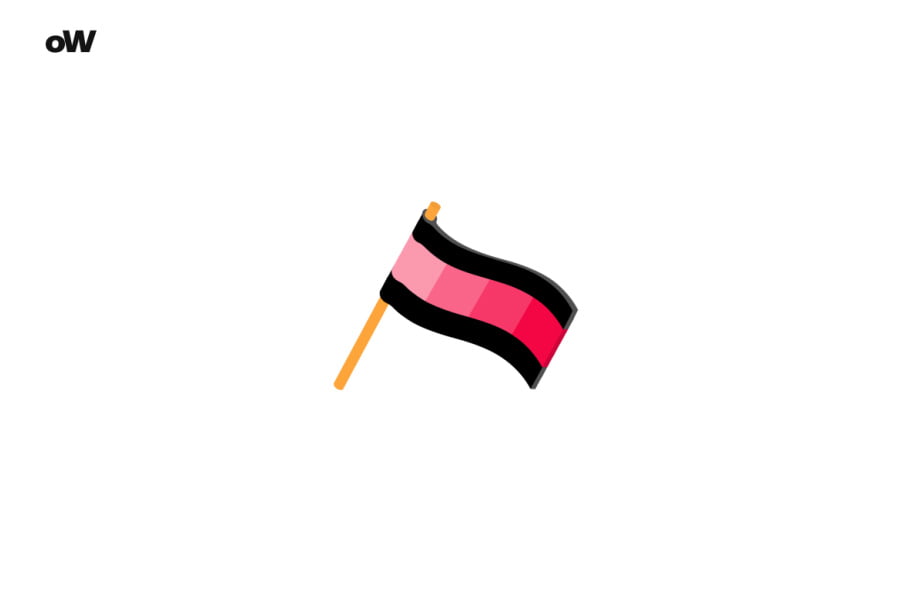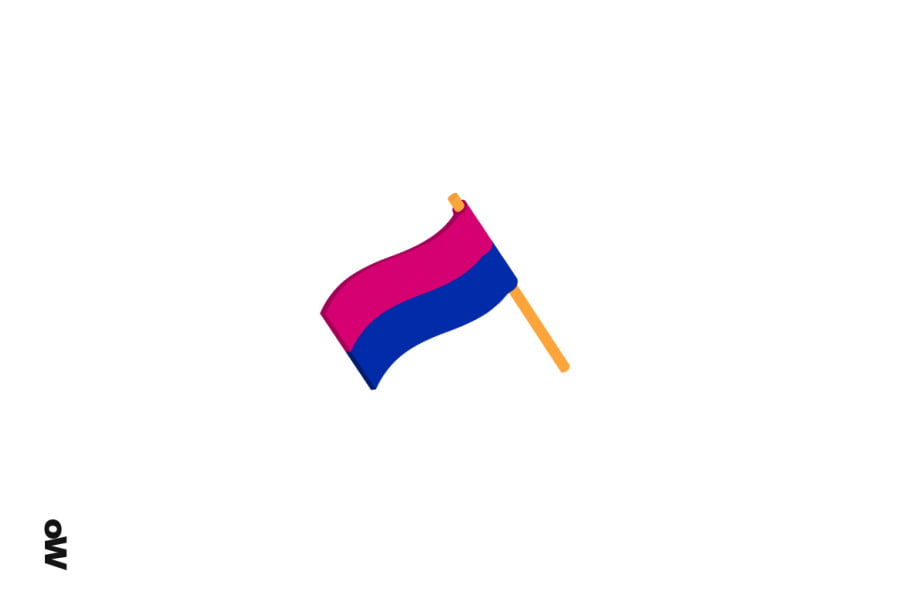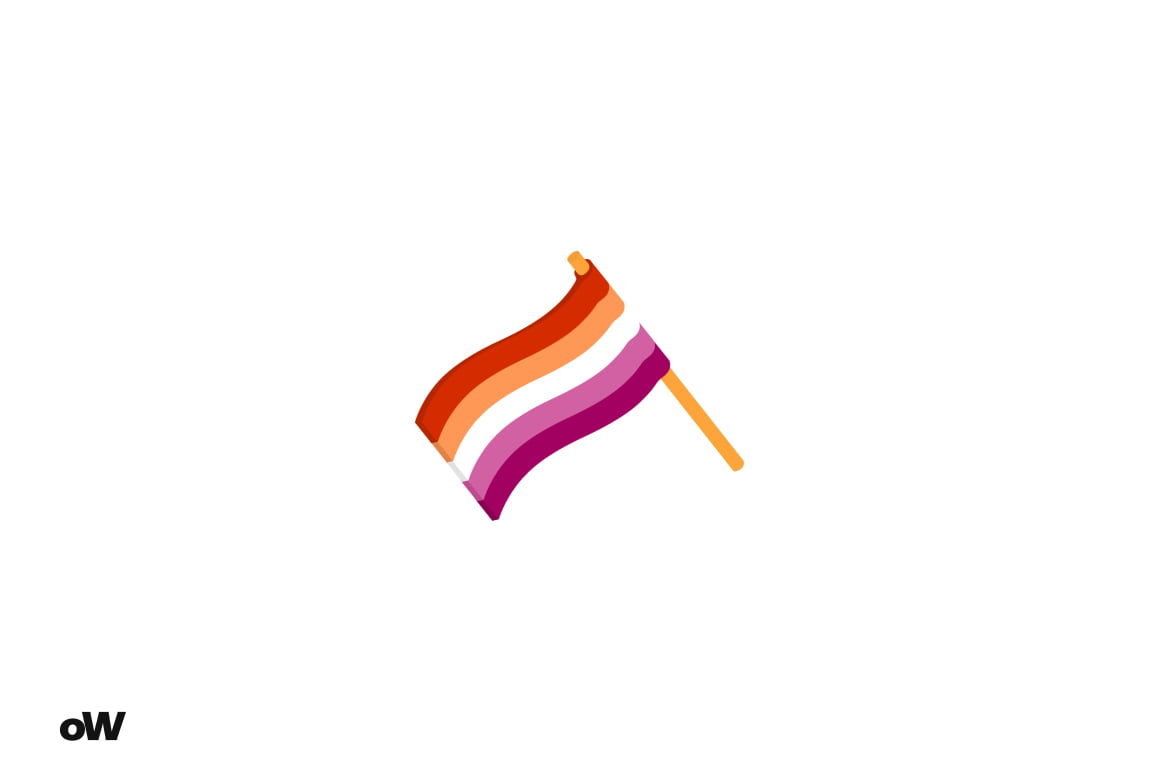Quiz: Am I Heteroflexible?

Heteroflexibility is making waves in today’s fast-paced societal discussions. Dive deep with us to unravel the mysteries of heteroflexibility, see how it distinguishes itself from bisexuality, and get your hands on the ultimate heteroflexible quiz to pinpoint where you truly stand.
So, What Exactly is Heteroflexibility?
Heteroflexibility, in simple terms, is a sexual orientation where you predominantly find the opposite sex attractive, but occasionally feel a pull towards your own. It’s a blend that doesn’t always fit the conventional boxes of heterosexuality or homosexuality. Amid this, it’s natural to sometimes wonder, “Am I just weird?“. Remember, every orientation is a unique journey.
To get a broader understanding of the various orientations out there, you might want to explore the Kinsey Scale, which provides a gradient of sexual responses from purely heterosexual to purely homosexual.
Heteroflexibility Vs. Bisexuality: Spotting the Differences
Here’s a question many ponder on: How does heteroflexibility differ from bisexuality? While bisexuality encompasses attraction to both sexes either equally or variably, heteroflexibility is largely about being attracted to the opposite sex with sporadic exceptions. Our heteroflexible quiz can shed some light on your position in this spectrum, much like our quiz on determining your love character.
Key Indicators of Heteroflexibility
Heteroflexibility remains a subtle shade in the spectrum of sexual orientation that many might find elusive. To answer the burning question, “Am I heteroflexible?”, consider these hallmark traits:
- Primary Attraction to the Opposite Sex: Most of your romantic and sexual attention gears towards the opposite gender.
- Occasional Pull Towards the Same Sex: Now and then, you find instances of being drawn to your own gender. This could be due to various factors, like personality traits or even relationship closeness.
- A Fluid Approach to Sexual Labels: Those identifying as heteroflexible often feel that traditional tags like “heterosexual” or “bisexual” don’t fully encapsulate their rich and diverse sexual journey.

The Emotional Rollercoaster of Heteroflexibility
Navigating your sexual identity can be a whirlwind of feelings and emotions. When you’re exploring the realm of heteroflexibility, you may encounter:
- Confusion: With a lack of clear-cut definitions or broad understanding around heteroflexibility, it’s not uncommon to feel a sense of bewilderment or uncertainty about your feelings.
- Sexual Exploration: Just as one might delve deep into understanding their relationship red flags, uncovering new facets of your personality may lead to a deeper exploration of your sexuality.
- Joy of Self-Realization: When you stumble upon the term ‘heteroflexibility’ and realize it aligns with your feelings, many experience a sigh of relief and joy, finally having a label that resonates.
Always remember, sexuality is a deeply personal journey. Embrace and respect yourself for who you are, and grant others the same courtesy.
How Can a Heteroflexible Quiz Make a Difference?
Among the myriad of tools that help individuals decipher their sexual orientation, the heteroflexible quiz has carved its own niche. Such a test is crafted to assist in self-discovery, potentially pointing out distinct traits or emotions typical for those leaning towards heteroflexibility. Yet, it’s pivotal to understand that the outcomes of such a quiz don’t provide a definitive answer but rather offer additional insights for contemplation.
Busting the Myths About Heteroflexibility
Though heteroflexibility might not be as widely recognized as some other sexual orientations, it’s certainly not immune to misconceptions and myths. Let’s dive deep into some common misunderstandings:
- It’s Just a “Trend” or “Phase”: Many folks, in their haste to label, might chalk up heteroflexibility as a fleeting trend or phase. However, it’s crucial to understand that heteroflexibility is as genuine and consistent as any other sexual orientation. Numerous people identify as heteroflexible throughout their lives.
- Heteroflexibles are Simply Closeted Bisexuals: This myth springs from a skewed notion suggesting heteroflexibility is just “hidden” bisexuality. In reality, while both heteroflexibility and bisexuality signify an attraction to both genders, the degree, frequency, and context of that attraction can vary significantly.
- You’re Heteroflexible if You’ve Ever Felt Attraction to the Same Sex: One-off attractions don’t cement your sexual orientation. Just as having a crush doesn’t define your entire romantic life, a singular instance doesn’t dictate your full sexual identity. It’s the deep-rooted patterns of attraction that shape orientation, not isolated events.
- Heteroflexibles are Just “Experimenting”: Rooted in the idea that heteroflexible individuals are simply seeking a thrill or “playing” with their sexuality, this myth couldn’t be farther from the truth. Their feelings and attractions are as genuine and profound as anyone else’s. Feeling curious? Dive into our comprehensive heteroflexible quiz and gain clarity.
- Heteroflexibility is Exclusively a Female Phenomenon: Contrary to popular belief, men can (and do) identify as heteroflexible. Sexual orientation isn’t chained to gender or sex.

In Conclusion
Heteroflexibility is just one of the many facets of human sexuality. Recognizing and embracing your sexual orientation is a gateway to self-assurance and peace of mind. Whether you identify as heteroflexible or you’re contemplating your orientation, it’s paramount to lean on credible information sources, embrace your true self, and seek support when needed. Got questions? Dive into our all-encompassing heteroflexible test to start your journey of self-discovery.
How to Play?
Click the "Start Quiz" button and answer each quiz question honestly. There are no right or wrong answers. You may encounter multiple-choice questions or statements to rate on a scale of agreement. Once you finish the quiz, you'll receive results that provide insight into your personality traits, including strengths and weaknesses. Use this information to increase self-awareness and make positive changes.
How many questions does this quiz have?
15 Questions
How long does it take to complete this quiz?
6 Minutes





